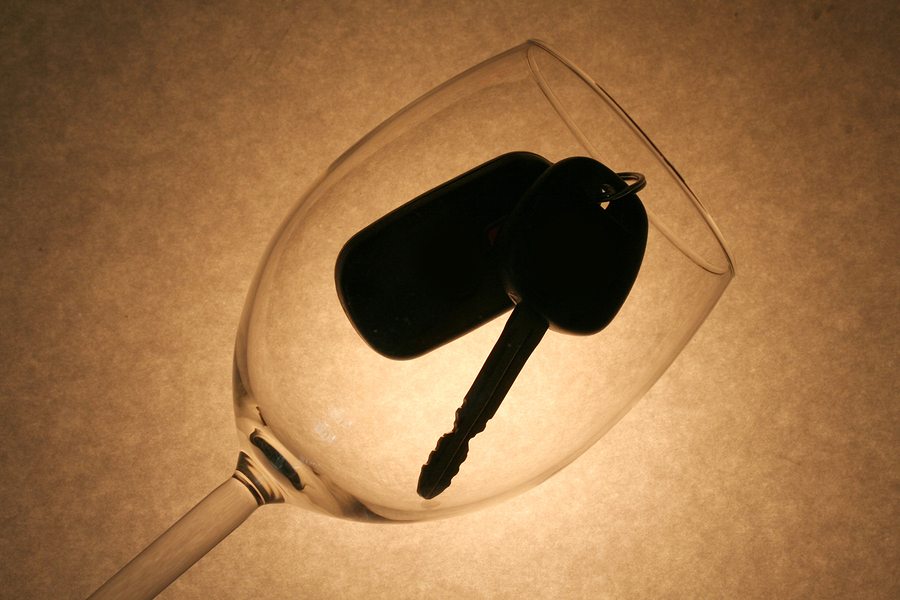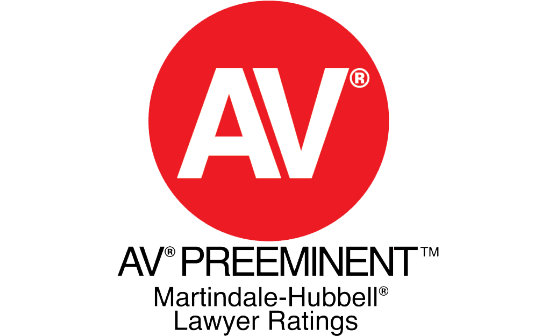For many years limousines were the preferred mode of transportation to and from major events like high school proms, bachelor and bachelorette parties, weddings, graduations, sweet 16 parties and many other special days. However in recent years – after the stretch limo and Hummer limo crazes – party buses have increasingly gained favor with the public.
The reasons for the increased reliance on party buses are complex and likely based on both changing consumer preferences and economic pressures faced by limousine operators. On the consumer side, party buses appear to offer a greater degree of freedom for party-goers to converse along with a greater amount of space and seating capacity. For purveyors of limousine services it is often more economical to purchase a second-hand bus at auction for roughly $5,000 and then spend an additional $8,000 to $10,000 converting it into a party bus. In comparison, purchasing a used traditional stretch limo starts at around $20,000 while a secondhand Hummer-style limo can easily run $45,000 or more.

However, not all party buses are created equally. When dealing with limousines, one can at least rest easily in knowing that it was built to government safety standards because it was mass produced by a reputable company. When it comes to party buses that may be converted by fly-by-night body shops or even by chop shops, one does not necessarily know the quality of the workmanship nor the quality of the materials utilized. Furthermore, it is unlikely – or at minimum unclear – if federal safety standards set forth by the Federal Motor Carrier Safety Administration are being followed. In fact, in some instances required safety features have been removed through after-market modifications. riding in a substandard quality party bus with defective doors or other problems significantly increases the likelihood of serious injury or wrongful death.
There is a Lack Of State-Level Regulation Of Party Buses
While party bus operators are likely to be regulated at the federal level, federal resources are relatively scarce relative to the number of bus and limousine companies in operation. In fact, only 3 states have passed any regulation at all concerning any aspect of party bus operation and these laws largely concern the consumption of alcohol on the vehicles. The states and laws are:
- California – California law prohibits the consumption of alcohol by any individual under the age of 21 on a party bus.
- Nebraska – The law in Nebraska permits party bus occupant to drink and consume alcohol provided that the bus driver does not have access to it.
- New Jersey – The state law in New Jersey prohibits a party bus company from supplying alcohol, but does permit the bus passengers to supply their own in a BYOB fashion.
While certain state regulations designed to cover limousines may also cover party buses, these regulations are not always a good fit nor do they anticipate all of the challenges presented by a party bus.
At the federal level, the level of safety regulation the passenger-carrying motor carry may come under is dependent on a number of factors. In general, a passenger carrying motor carrier comes under federal regulation when the vehicle is used on highways and in interstate commerce when the bus is actually or is designed to transport 9 to 15 passengers inclusive of the driver. Alternatively, a motor carrier can come under federal regulation if the gross vehicle weight rating is 10,001 or more pounds and it is used on a highway in interstate commerce to transport passengers – when these factors are present it is irrelevant if the bus carries less than 9 passengers. If either of these criteria are met, the method of compensation then determines the level of regulation the company must follow.
Companies that receive direct compensation rather than indirect compensation for packaged services for their transportation services face a higher regulatory standard in that they face many more regulatory requirements.

What Types Of Party Bus Injuries Occur Most Commonly?
According to a study performed by the Washington State Utilities and Transportation, types of party bus accidents can largely be captured by 8 main categories. The study, which compiled accidents from January 2009 to August 2013 identified 22 separate accidents. The types of accidents and breakdown of events are:
- There were 10 incidents where a passenger or passengers fell from the bus. These incidents produced 10 fatalities and 4 injuries. Occupants of the bus can fall from either the front doors or the rear emergency door. Defective or insecure bus doors is the chief cause of party bus fatalities.
- The bus was hit by an at-fault vehicle in 3 incidents producing 2 fatalities and 29 injuries. This is the leading cause of party bus injuries.
- The party bus hit another car or truck where the fault was undetermined or unknown produced 2 deaths and 14 injuries in 2 separate incidents.
- There were two incidents where a passenger stuck his or her head out of the top emergency hatch and struck his or her head on an overpass. Both incidents produced a single fatality.
- There was also a signal incident where riders on the open top deck of a double-decker party bus struck their head on a highway overpass. This accident resulted in 2 fatalities.
- In two instances a party bus passenger fatally overconsumed alcohol.
- In one instance a passenger running for the bus was hit and severely injured.
- In one instance the bus spun out in a hit-and-run. The driver was charged with a DUI and manslaughter for the 1 passenger that was killed.
In all, the 22 separate incidents produced 21 fatalities and 48 injuries. The increasing popularity of these services since the end of the study in late 2013 may indicate that even more preventable injuries and deaths are occurring yearly.
Party Bus Build Quality can Vary Significantly
In an interview with Limousine, Charter & Tour Magazine Tom Holden, the director of operations for a transportation company in North Carolina, believes that custom-built party buses need better oversight and regulation. He believes that cut-rate operators who neglect their safety duties to provide rock bottom prices aren’t only bad for the industry, they are bad for consumer safety. He stated that, “When we have to replace a window in a bus, there [are] federal guidelines on the material that [have] to be used to hold that window in place. You can’t afford to be going down the road and your door falls out because you used super-glue from Wal-Mart. The same thing should happen when a bus is being converted. The body shops, the hatchet jobs that are being done on the streets should never be allowed. They should never be approved to be DOT carriers, and they shouldn’t be in business.”
The problem here is two-fold. First, unsuspecting customers are exposed to hazards and dangers due to insufficient driver training or an unsafe bus. Second, these operators are able to undercut their compliant rivals by skimping on mandatory safety features, vehicle quality, and vehicle quality. In short, compliant, safe carriers cannot compete on price and may be forced out of business. When these carriers are forced out of business, consumers face a reduced number of choices of safe operators.
To illustrate the consequences of permitting cut-rate operates to neglect safety requirements, consider the infamous Midnight Express party bus involved in the Kansas City incident that took the life of a 26-year old mother. The 14-year Ford E-450 Super Duty municipal shuttle bus was purchased at auction in Regulatory and safety violations included:
- The bus was operating without a US DoT registration number in violation of Kansas state law.
- A bus license was not obtained.
- The vehicle’s “door ajar” warning system was disabled or otherwise not functioning.
- Wheelchair loading equipment had been removed from the bus.
- Seats blocked the bus’ emergency exits.
- There were problems with the bus exhaust system.
- There were problems with the bus’ brakes.
In short, this bus was purchased second-hand, underwent extensive modification, and failed to comply with state and federal requirements. Operating in such a manner significantly increased the risk that catastrophic injuries or wrongful death would occur on the party bus.

Injured on a Party Bus? Rely On The Personal Injury Attorneys Of The Reiff Law Firm
You tried to make a wise and responsible decision by hiring a party bus to transport your friends and loved ones to the big event. If the party bus company provided an unsafe, defective or dangerous vehicle or an insufficiently trained driver the injuries or deaths that occurred are not your fault. With over 30 years of personal injury experience, the attorneys of The Reiff Law Firm can work to hold the responsible parties financially accountable. For a free and confidential party bus injury initial consultation call (215) 709-6940 today.
Related Posts
- What to Do if an Uber or Lyft Driver Touches You or Assaults You in Philadelphia
- Can You Sue if You Get Hit by a Baseball in Pennsylvania?
- What Happens if You are Injured on Someone Else’s Sidewalk in Pennsylvania?
- The Biggest Automotive Defect Recall Scandals
- How Does Contributory Negligence Work in Pennsylvania?















